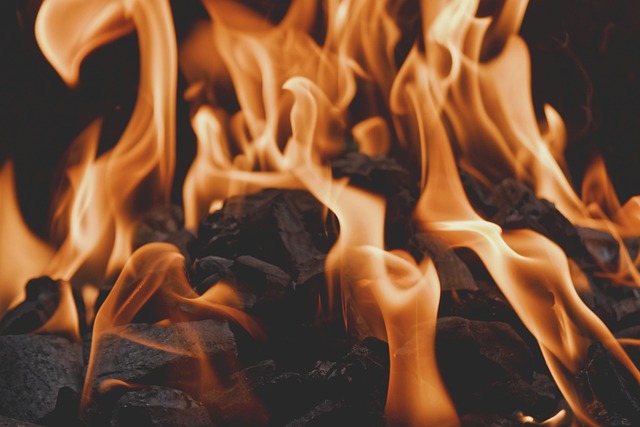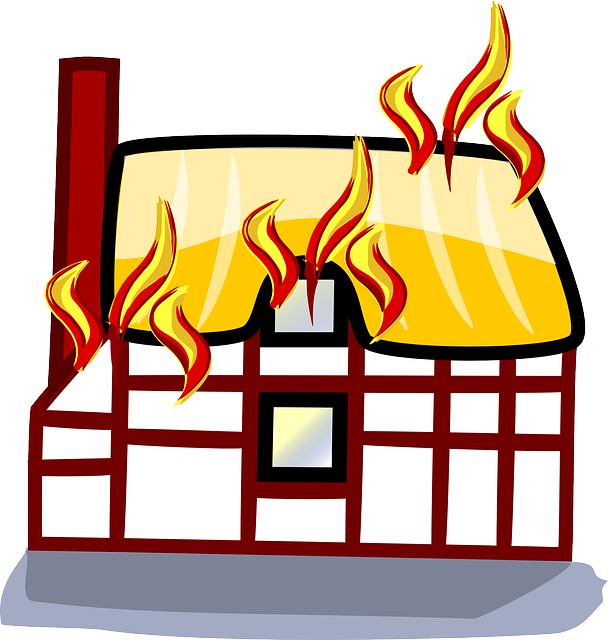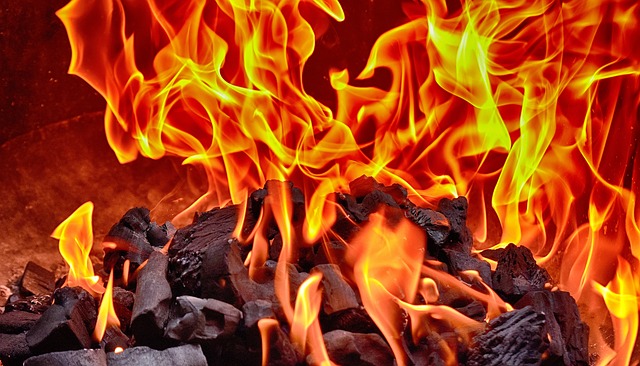In California's competitive real estate market, understanding the unique challenges and opportunities of fire-damaged properties is key for investors. To successfully sell these homes, investors must:
1. Assess Damage Thoroughly: Inspect roofs, electrical systems, water damage, and potential health hazards like asbestos or lead paint.
2. Comply with Building Codes: Ensure repairs meet local regulations and obtain necessary permits before marketing.
3. Strategic Marketing: Use before-and-after visuals, transparent repair estimates, targeted advertising, and online platforms to reach the right audience.
4. Build Community Trust: Engage with neighbors, participate in events, and demonstrate commitment to the area through transparency about damage and restoration efforts.
5. Consider Renovation vs. Reconstruction: Evaluate market trends, zoning laws, and damage extent to decide between renovation or reconstruction for optimal investment returns.
In the competitive California real estate market, understanding how to navigate fire-damaged properties can set successful investors apart. This comprehensive guide explores the full spectrum of considerations for investors looking to buy and sell fire-damaged homes in California. From assessing damage, navigating legalities, and strategic marketing to renovation costs and building community trust, discover essential insights for maximizing ROI on your investments. Learn how to transform challenges into opportunities in this demanding market.
- Understanding the Market: Demanding Properties in California
- Assessing Fire Damage: A Comprehensive Guide for Investors
- Legal Considerations: Navigating Insurance and Property Ownership
- Strategic Marketing: How to Attract Buyers for Damaged Homes
- Renovation or Reconstruction: Costs, Benefits, and Return on Investment
- Building Trust with Local Communities: Selling Tips for Fire-Damaged Properties
Understanding the Market: Demanding Properties in California

In the competitive world of real estate investing, understanding market dynamics is key to success. For those looking to venture into the Californian property market, demand for certain types of properties stands out, particularly when it comes to fire-damaged homes. California, known for its diverse landscapes and bustling cities, presents a unique challenge and opportunity due to frequent wildfires.
When considering how to sell a fire-damaged home in California, investors must grasp the local market’s resilience and adaptability. While initial repairs and renovations are required, these homes can be a valuable asset. The state’s strong economy, along with the constant demand for housing, ensures that well-restored properties can quickly gain value. Therefore, investing in fire-damaged real estate requires a strategic approach, leveraging market trends and offering competitive prices to cater to California’s diverse buyer pool.
Assessing Fire Damage: A Comprehensive Guide for Investors

When considering how to sell a fire damaged home in California, investors must approach the process with care and a thorough understanding of the repairs required. Assessing fire damage involves more than meeting the naked eye; it demands a meticulous inspection to pinpoint structural integrity issues, identify potential health hazards, and estimate repair costs accurately.
A comprehensive guide for investors should delve into key areas like roof assessment (for leaks or structural compromise), checking electrical systems for damage, assessing water damage from firefighting efforts, and evaluating potential asbestos or lead paint concerns. Understanding local building codes and insurance coverage related to fire damage is also essential for investors aiming to maximize their investment return in California’s competitive real estate market.
Legal Considerations: Navigating Insurance and Property Ownership

When considering how to sell a fire-damaged home in California, legal considerations play a crucial role for real estate investors. Navigating insurance and property ownership is an essential step in the process. Investors must first assess the extent of damage and understand their insurance policy’s coverage. In California, homeowners’ insurance typically covers structural damage caused by fires, but policies vary, so reviewing the fine print is vital.
Once insurance claims are filed and settled, investors should consult with real estate attorneys to ensure they comply with local building codes and zoning regulations. This includes obtaining necessary repairs and permits before placing the property on the market. Proper documentation and transparency throughout this process can help attract buyers who may be willing to invest in a fire-damaged home, ensuring a successful sale.
Strategic Marketing: How to Attract Buyers for Damaged Homes

Real estate investors face unique challenges when marketing and selling damaged properties, particularly after events like fires, which can leave homes in dire need of renovation. However, strategic marketing approaches can significantly attract buyers interested in purchasing fire-damaged homes in California. One effective method is to emphasize the potential for transformation; showcase before-and-after images or videos of similar properties that have been successfully restored, highlighting the beauty and value that can emerge from a thorough rebuild.
Additionally, investors should consider partnering with local contractors or renovation experts who can provide transparent estimates for repairs. Offering comprehensive disclosure and detailed plans for restoration can build trust with potential buyers. Targeted marketing campaigns can also focus on specific buyer personas, such as first-time homeowners looking for a DIY project or investors seeking to add value through renovation. Utilizing online platforms, social media, and local real estate communities allows for targeted advertising, ensuring that the right audience discovers these unique investment opportunities in California’s housing market.
Renovation or Reconstruction: Costs, Benefits, and Return on Investment

Renovation or Reconstruction after a fire damage incident in California involves careful consideration. While selling a fire-damaged home might seem like a quick cash grab, investing in either renovation or reconstruction can be a strategic move for real estate investors. The initial costs are significant—from assessing and mitigating structural damage to repairing or replacing fixtures and finishes. However, the potential benefits are substantial, especially if the property is located in an area with high real estate values. A well-executed renovation can increase the home’s value by 20% or more, making it a lucrative investment in the long run.
When deciding between renovation and reconstruction, investors should analyze the extent of damage, market trends, and local zoning laws. For example, if the fire left significant structural issues, reconstruction might be the better option despite higher upfront costs. Conversely, minor fire damage could warrant a strategic renovation to modernize the property and maximize resale value. In California, where the real estate market is competitive, understanding how to effectively sell a fire-damaged home through either method can lead to substantial returns on investment.
Building Trust with Local Communities: Selling Tips for Fire-Damaged Properties

In the competitive California real estate market, building trust with local communities is paramount for investors looking to sell fire-damaged properties. Restoring and reselling these homes requires a delicate approach that goes beyond structural repairs. Engaging with neighbors, participating in community events, and demonstrating a genuine commitment to the area can foster goodwill and attract potential buyers who value both the property’s rehabilitation and its place within the community.
When preparing a fire-damaged home for sale, highlight the steps taken to ensure safety and quality. Transparent communication about the damage and restoration process builds trust with both neighbors and prospective purchasers. Offering before-and-after photos, providing detailed reports on repairs, and showcasing the updated home can effectively showcase your investment in both the property and the community. This approach not only facilitates a smoother sales process but also positions you as a responsible and community-oriented real estate investor.
Real estate investors in California, particularly those interested in purchasing and reselling fire-damaged properties, must navigate a unique set of challenges. From understanding the local market’s demand for such homes to managing legalities and renovation costs, this article has provided essential insights. By assessing damage thoroughly, marketing strategically, and building trust within communities, investors can successfully navigate this niche segment. Remember, with careful planning and an eye for potential, buying and selling fire-damaged homes in California can be a rewarding venture that contributes to the region’s recovery efforts. For those seeking to dive into this market, these guidelines are a solid starting point, offering both practical advice and a path towards profitable opportunities.






